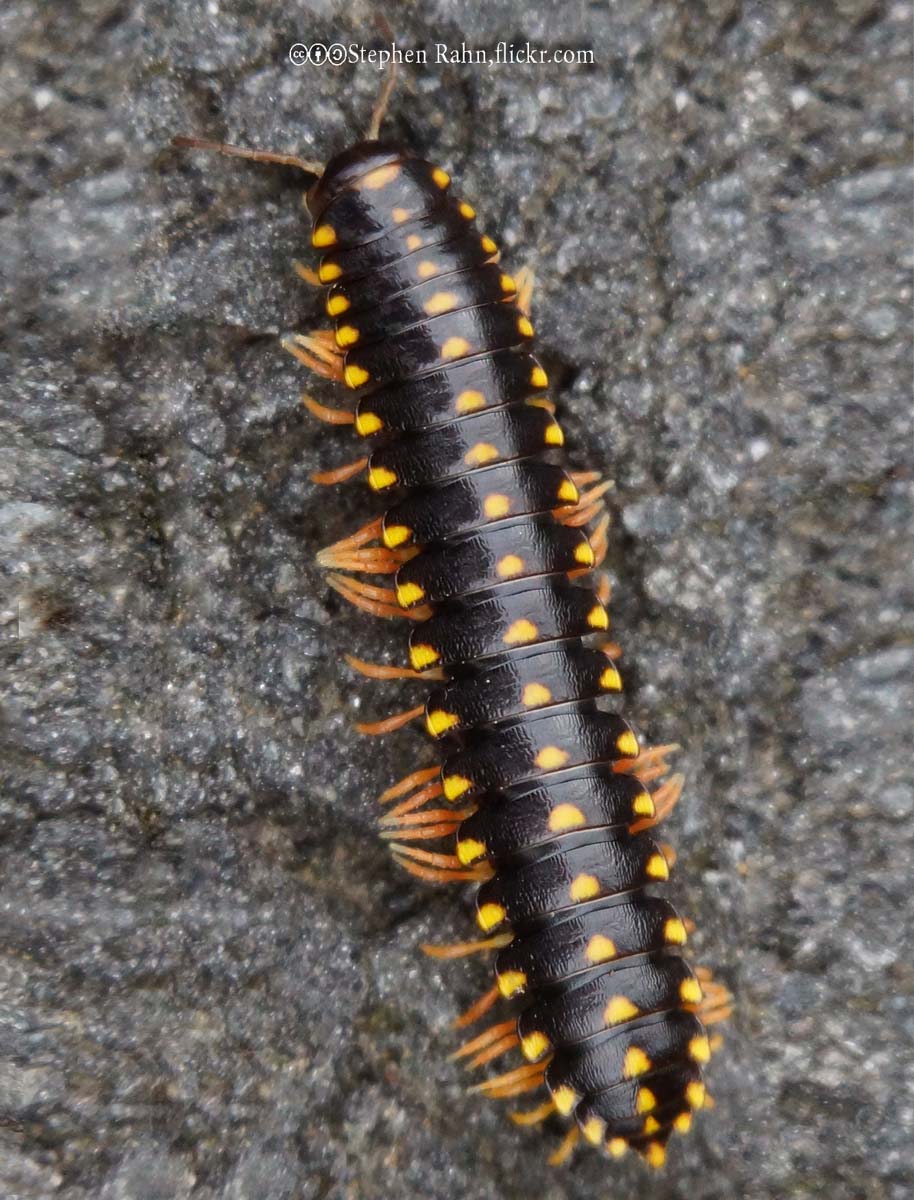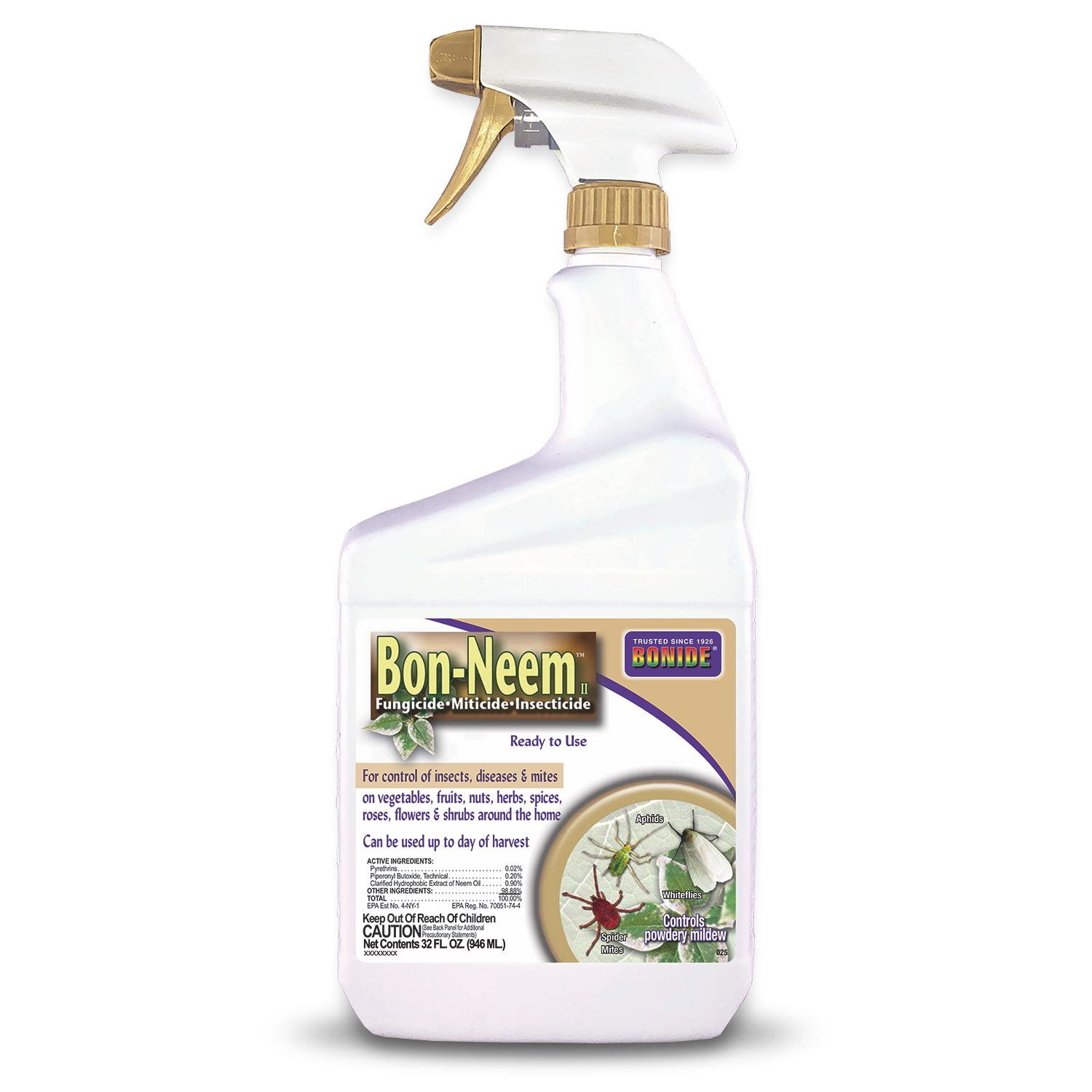
Although their name suggests otherwise, these nocturnal, hard-shelled, worm-like creatures don’t have a thousand legs, but only up to a mere 400. Slow moving and ranging from 1/2 to 2 inches in length, they’re found in moist soil and garden debris; they often curl up when disturbed. A few types of millipedes are pests, but most benefit gardens by feeding on dead plant material. However, during periods of drought or when decaying matter is scarce, even the helpful species occasionally eat roots, tubers, or fruit resting on the ground. Some millipedes prey on soil dwelling insects. If you think millipedes may be doing damage, check at night to make sure your suspicions are correct.
Target: Vegetables, lawns.
Damage: Roots are eaten, seedlings are severed, and holes are gnawed in tubers or fruit.
Life cycle: Millipedes lay clusters of translucent eggs in or on the soil. Adults can overwinter below ground. There is one generation a year.
Notes: It isn’t necessary to take action against millipedes unless they become numerous enough to do significant damage. Some millipedes emit a liquid that can irritate skin.







